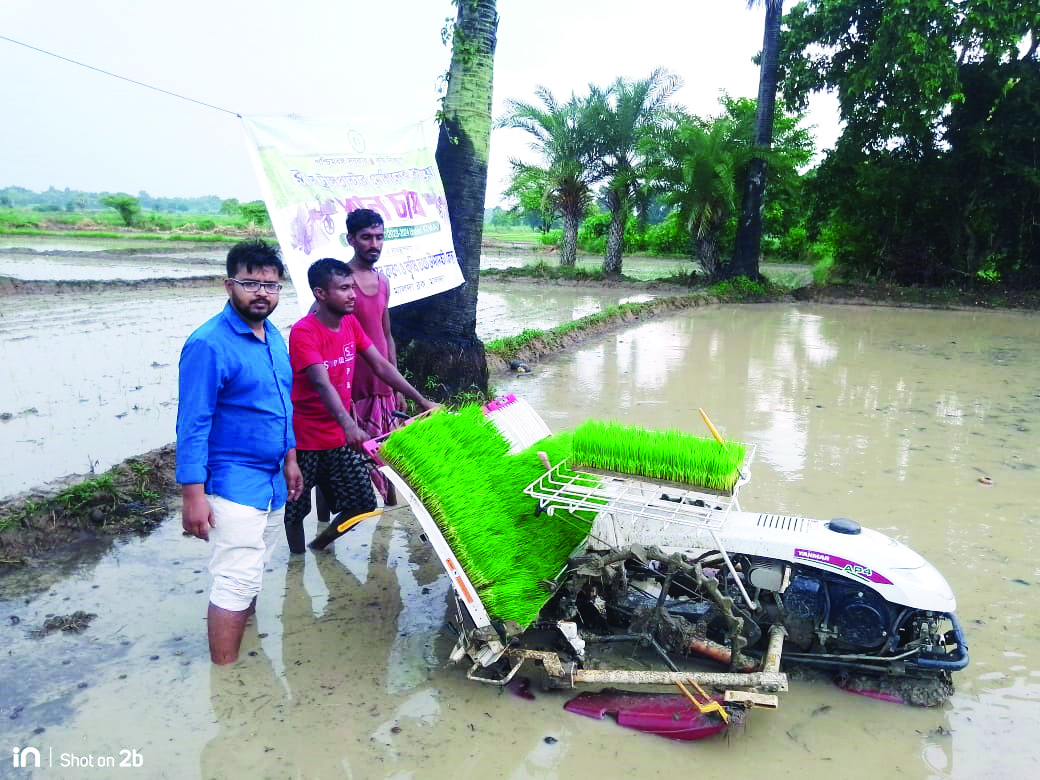Farm Mechanisation scheme: ‘4.9L farm machinery given with a subsidy amount of Rs 830.28 cr since inception’

Kolkata: The state Agriculture department has set up several thousand 'Seedling Hubs' across Bengal in recent years as part of farm mechanisation. 'Seedling Hubs' are very helpful in transplanting paddy seedlings using transplanter machines.
Each seedling hub consists of trays in which paddy seeds are sown and seedlings are prepared on a mat that can be set on the paddy transplanter machine for sowing in rows automatically.
Each machine costs Rs 3 to 3.20 lakh along with trays etc. About 50 per cent of the cost is funded by the state Agriculture department. Each machine can transplant paddy seedlings in one bigha in 20 minutes and one such hub can cover more than 100 acres in a season.
The cost of transplanting is less than Rs 1200 per bigha, and half of manual transplanting and production is higher as the row distance is fairly maintained.
Transplanter machines have emerged as one of the most popular farm machinery after Power Tillers and Combine Harvesters used by farmers.
The state Agriculture department distributed 13,554 equipment of farm machinery under Farm Mechanization schemes and established 77 CHC (custom hiring centres) with a total subsidy amount of about Rs 59.28 crore during 2022-23.
According to a senior official of the state Agriculture department, since inception 4.9 lakh farm machinery have been distributed with a subsidy amount of Rs 830.28 crore under the Farm Mechanisation scheme and a total 2098 of CHCs have been set up at block level up to 2022-23.
The use of modern farm machinery like combine harvesters, threshers, rotavators, power tillers, rice transplanters, power sprayers, multi-crop threshers and power weeders etc by farmers of our state has increased significantly due to state support and this has not only reduced cost of cultivation but also minimised crop losses on account of natural disasters due to faster and timely harvesting of standing crops.



